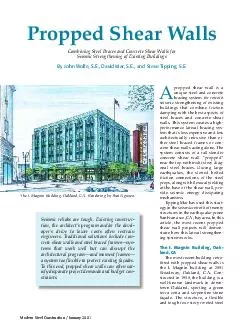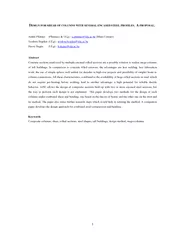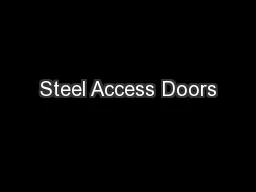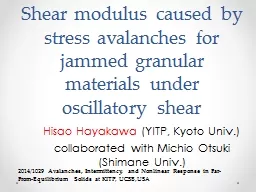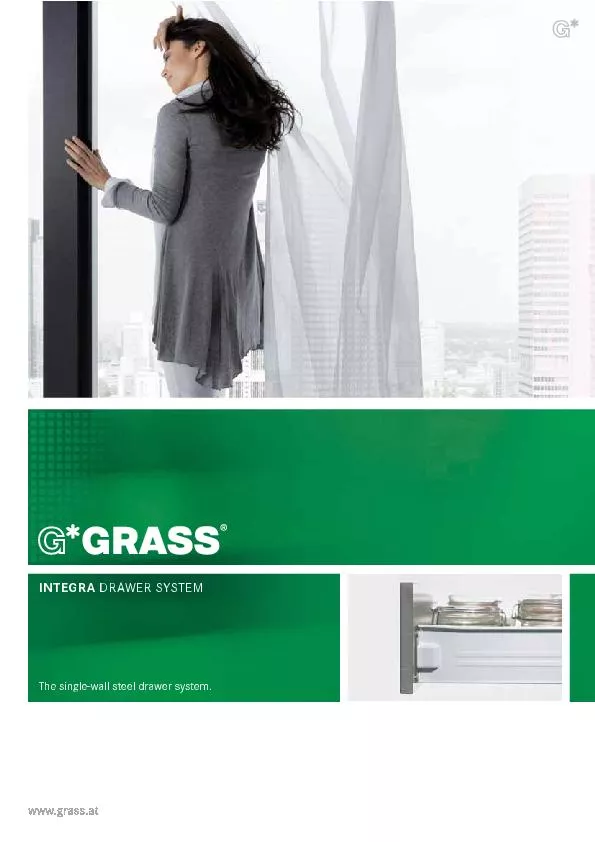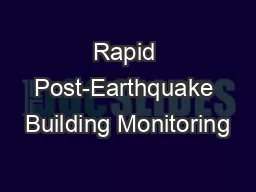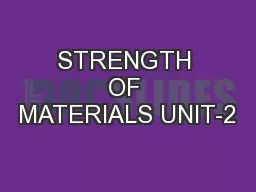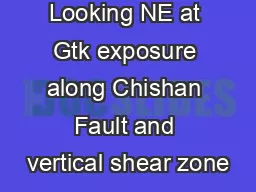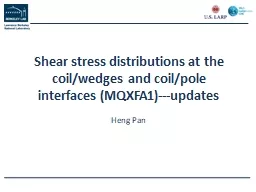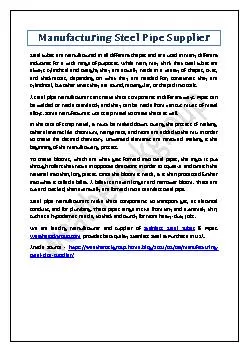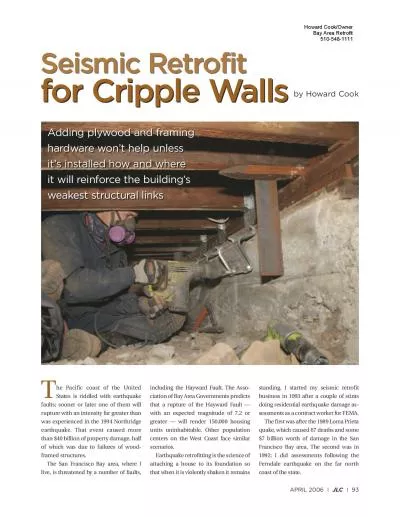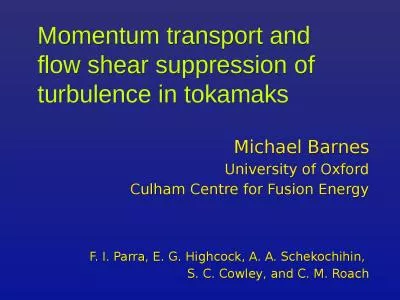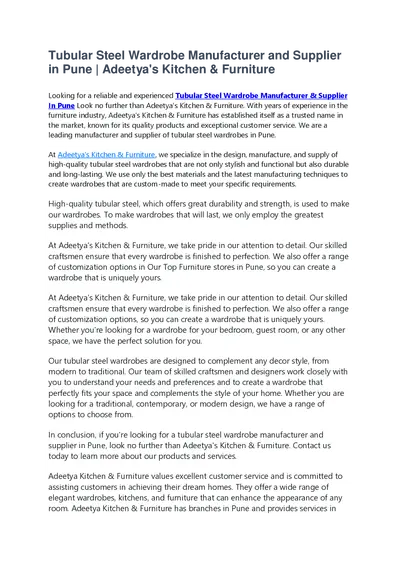PDF-propped shear wall is aunique steel and concretebracing system for ret
Author : yoshiko-marsland | Published Date : 2016-07-15
By John Wolfe SE David Mar SE and Steve Tipping SE Combining Steel Braces and Concrete Shear Walls for Seismic Strengthening of Existing Buildings The I Magnin Building
Presentation Embed Code
Download Presentation
Download Presentation The PPT/PDF document "propped shear wall is aunique steel and ..." is the property of its rightful owner. Permission is granted to download and print the materials on this website for personal, non-commercial use only, and to display it on your personal computer provided you do not modify the materials and that you retain all copyright notices contained in the materials. By downloading content from our website, you accept the terms of this agreement.
propped shear wall is aunique steel and concretebracing system for ret: Transcript
Download Rules Of Document
"propped shear wall is aunique steel and concretebracing system for ret"The content belongs to its owner. You may download and print it for personal use, without modification, and keep all copyright notices. By downloading, you agree to these terms.
Related Documents

